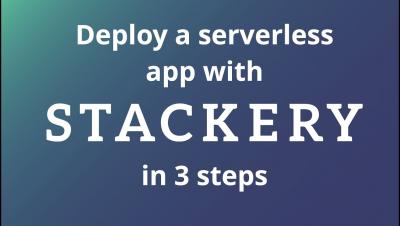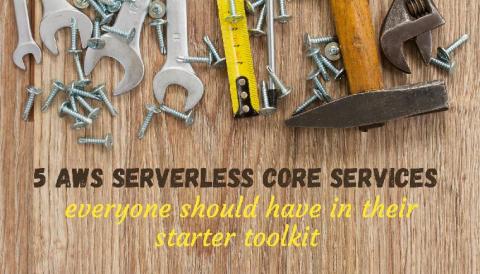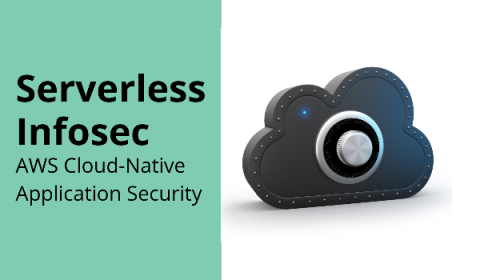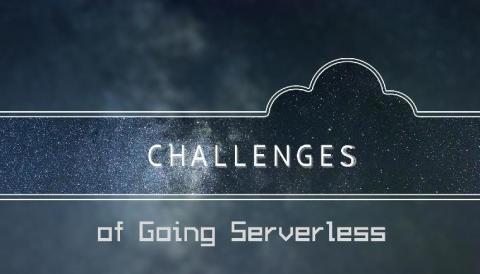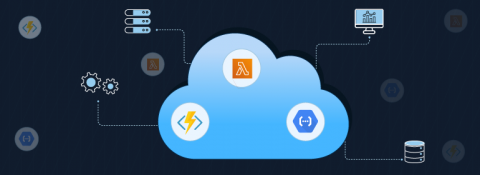Crash Course on AWS CDK and Serverless with REST API and Data Lake Analytical Querying
This is a hands-on course on how to deploy a fully Serverless web app using the AWS CDK. You can use the resources declared in this demo application as a starting point to mix and adapt to your own architectures later, which should save you quite some time.




